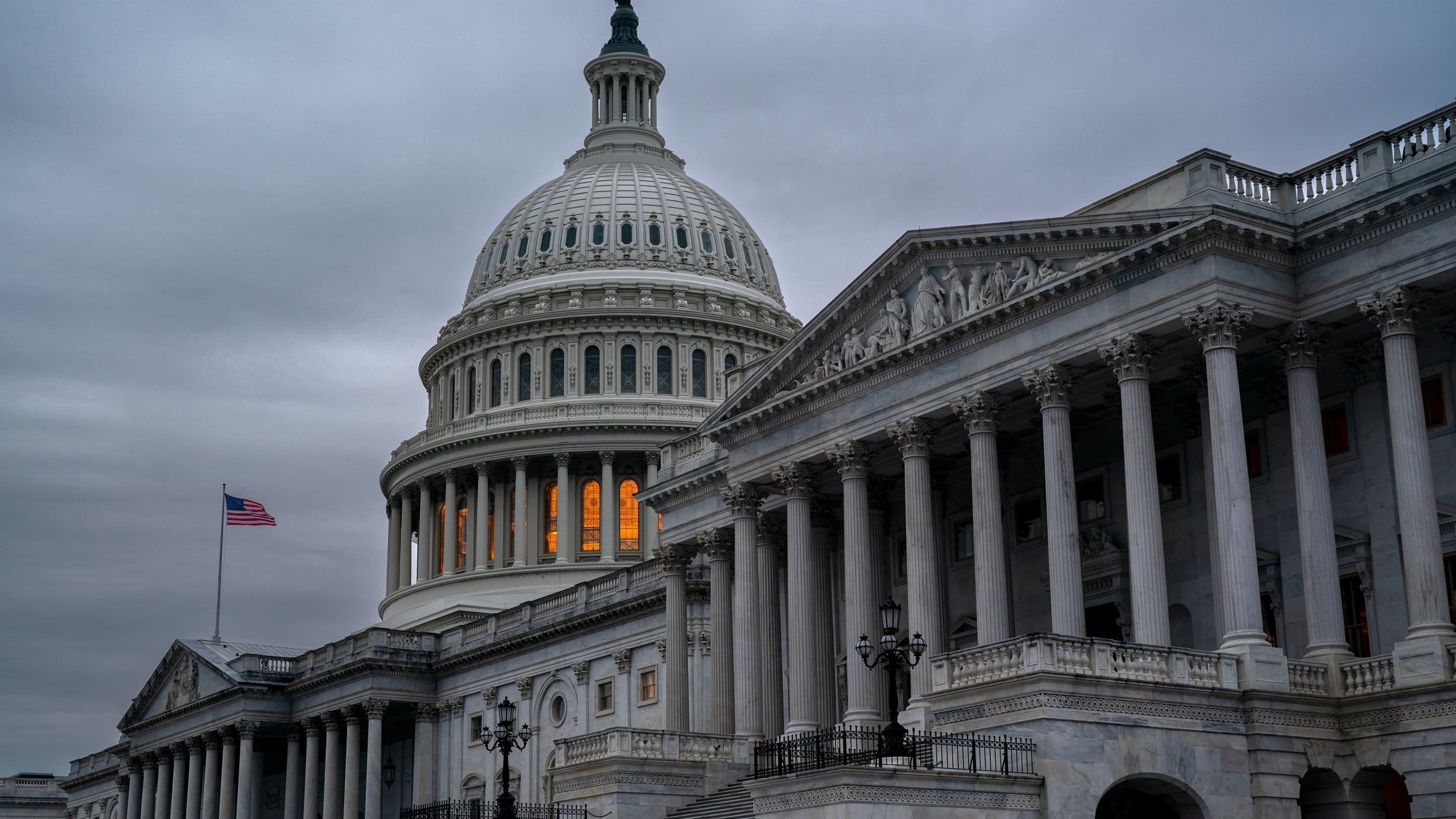WASHINGTON — The House on Thursday passed its chamber’s version of the annual defense appropriations bill with a plans to buy two aircraft carriers at a time but without a proposal to buy two more submarines.
In a 359-49 vote, House members approved a $675 billion Defense Department appropriations bill that would fund 93 F-35 fighter jets (four more than Senate appropriators are seeking), three littoral combat ships (to the Senate’s two) and the Advanced Battle Management System, which would replace the JSTARS recapitalization plan that the U.S. Air Force wants to kill.
The measure also includes a 2.6 percent pay raise for troops starting next January and an end-strength boost of 15,600 troops spread across the four services.
Lawmakers in recent days tacked on several other amendments to the budget, including increasing A-10 Warthog win-replacement funds, adding $10 million to assist in recovering Korean War remains, and prohibiting the military from doing business with Chinese telecom firms ZTE and Huawei.
RELATED

Democratic amendments aimed at walling off the Defense Department from assisting the Trump administration’s controversial immigration enforcement efforts were scuttled by the House Rules Committee and blocked from floor debate.
House Seapower Subcommittee Chairman Rob Wittman, R-Va., and ranking member Joe Courtney, D-Conn., successfully included an amendment to enable a dual buy of the aircraft carriers CVN-80 and CVN-81, a move they said could save as much as $2.5 billion in construction costs and would not add new expenses next year.
“Allowing us to buy two aircraft carriers at a time helps us with efficiency, it helps us reduce cost, it gets the aircraft carriers that we need — and it has widespread support,” Wittman told the rules panel on Tuesday.
House Appropriations Committee ranking member Pete Visclosky, D-Ind., did not oppose the two-carrier amendment but cautioned that the ships’ cost — $10 billion each — could create problems with budget caps still in place.
“To imply we are weak-kneed and not spending adequately on shipbuilding is not true,” said Visclosky, arguing that the overall bill adds $837 million to the president’s shipbuilding budget request of more than $21 billion.
Those warnings hung over the next amendment from Courtney and Wittman, which would have added $1 billion to fund long-lead materials to build three Virginia-class submarines per year starting in 2022. (The amendment died in a floor vote on Thursday, 167-244.)
Courtney and Wittman’s states are home to the shipyards that would build the submarines: General Dynamics Electric Boat in Groton, Connecticut, and Huntington Ingalls in Newport News, Virginia. But they argued the move was meant to help the Navy better negotiate a larger block buy of submarines and mitigate a decline in the fleet size.
The attack submarine fleet is expected to reach 42 boats in a decade, one-third less than the Navy force-structure assessment prescribes.
“Subs are aging out faster than the two-per-year build rate can replace,” Courtney said.
The Pentagon opposed the plan’s reshuffling of funds in a letter Tuesday from Deputy Defense Secretary Patrick Shanahan to lead appropriators, saying the change would ultimately add $6 billion to shipbuilding costs over time. Offsetting cuts for 2019 alone would reduce planned buys of the Arleigh Burke-class destroyers, oilers and fast frigates, as well as reduce sixth-generation fighter aircraft development dollars.
Courtney and Wittman dismissed the long-term costs as speculation.
“The Chinese in 2020 will have 70 submarines. They are building them at a rate of six per year,” Wittman said. “Are we willing to tell our children and grandchildren, when we had a chance to do something, that we did not act?”
But Visclosky and the House Appropriations Committee’s Defense Subcommittee Chair Kay Granger, R-Texas, led the opposition, arguing shipbuilding programs would be left in disarray.
“Since when is it acceptable to give someone $1 billion so they will have ‘options’?” Granger said.
With the House defense appropriations measure settled, the question of how to get the full fiscal 2019 budget through Congress will await lawmakers when they return from next week’s July 4 break. President Donald Trump has repeatedly said he would not sign an omnibus spending bill of the sort Democrats have bargained hard to get in recent years.
The Senate Appropriations Committee advanced its version of the measure on Thursday morning, but Senate Majority Leader Mitch McConnell, R-Ky., has yet to announce when the full Senate will vote on it.
In an attempt to defuse a partisan fight, key Senate Democrats are floating the idea of linking their $675 billion Pentagon spending measure to the committee-passed spending bill for labor, health and human services, education, and related agencies.
House Labor-HHS appropriations subcommittee chairman Tom Cole, R-Okla., told Politico earlier this week he favors linking his bill ― which is a priority for Democrats ― with the defense policy bill ― which is a top priority for Republicans.
However, it’s doubtful House conservatives will back the idea. Pennsylvania Republican Rep. Scott Perry, a Freedom Caucus member, was receptive but not committed on Wednesday.
“I’m open to it, but I’m not going to vote for bad policy or profligate spending any more than if they’re done separately,” he told Defense News. “We’re bankrupting the country, and we’ve got to be aware of that.”
Joe Gould was the senior Pentagon reporter for Defense News, covering the intersection of national security policy, politics and the defense industry. He had previously served as Congress reporter.










